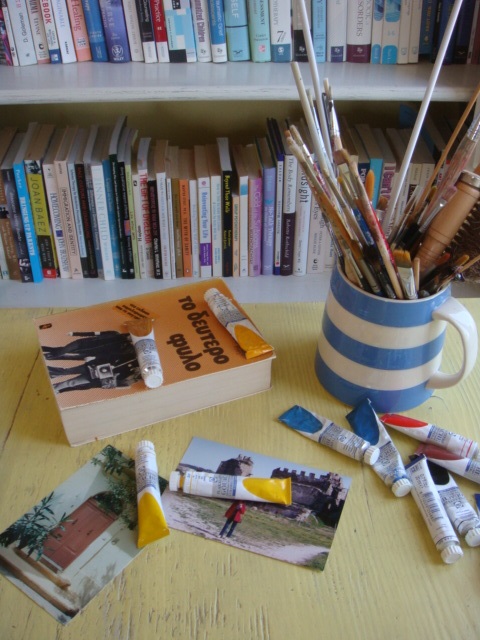 ‘There’s the story, then there’s the real story, then there’s the story of how the story came to be told. Then there’s what you leave out of the story, which is part of the story too’ (Margaret Atwood)
‘There’s the story, then there’s the real story, then there’s the story of how the story came to be told. Then there’s what you leave out of the story, which is part of the story too’ (Margaret Atwood)
I have repeatedly tried to stress the importance of embedding all our experience in broader contexts, for the individual trip always meets the outer social, cultural and even planetary journey. I have also made references to patriarchy quite often because families are often deeply rooted in these values, and we have all grown up in systems seeped in a masculine discourse. However, when one initially embarks on making meaning of and healing the aftermath of traumatic events the bigger picture may not be in the foreground of one’s awareness, as one is too over focused on the emerging experiences and the psychological realm. However, if one is willing or even forced to move on and to move deeper, one will soon realize that it is a much longer and broader journey, beyond the traumatic events, of inner and outer exploration. One eventually sees that it is necessary to read the story under the story under the story under the story. Margaret Atwood writes ‘There’s the story, then there’s the real story, then there’s the story of how the story came to be told. Then there’s what you leave out of the story, which is part of the story too’. And sooner or later one understands that the deepest pain and violation of all is the oppression of one’s own voice. When it comes to women it is their feminine power and creativity – which seem like one and the same thing – that is relentlessly and repeatedly squashed by patriarchal structures and masculine values and discourse. The losses from such discourse and practices are individual, familial, societal and universal. So, inevitably, a feminine paradigm must be included, and underlying dynamics and politics must be explored and named. Read more
